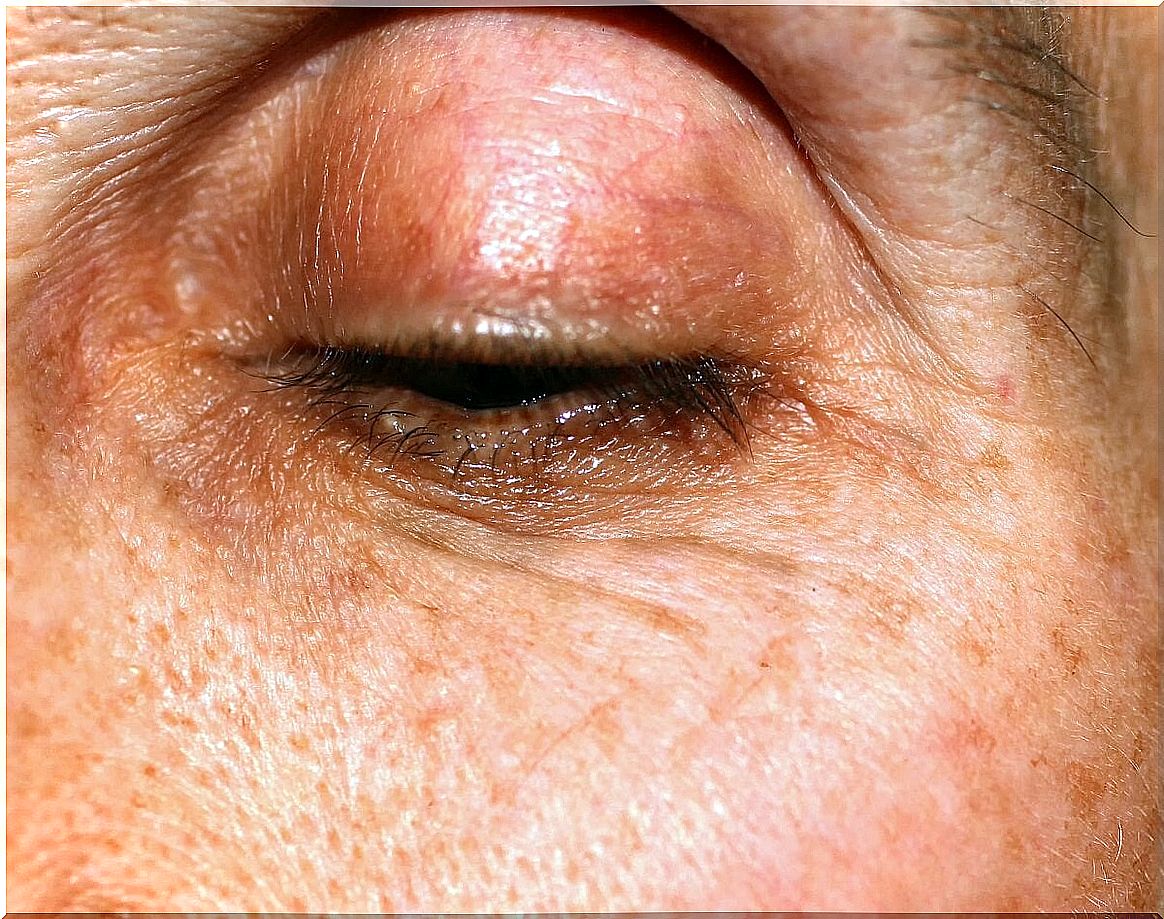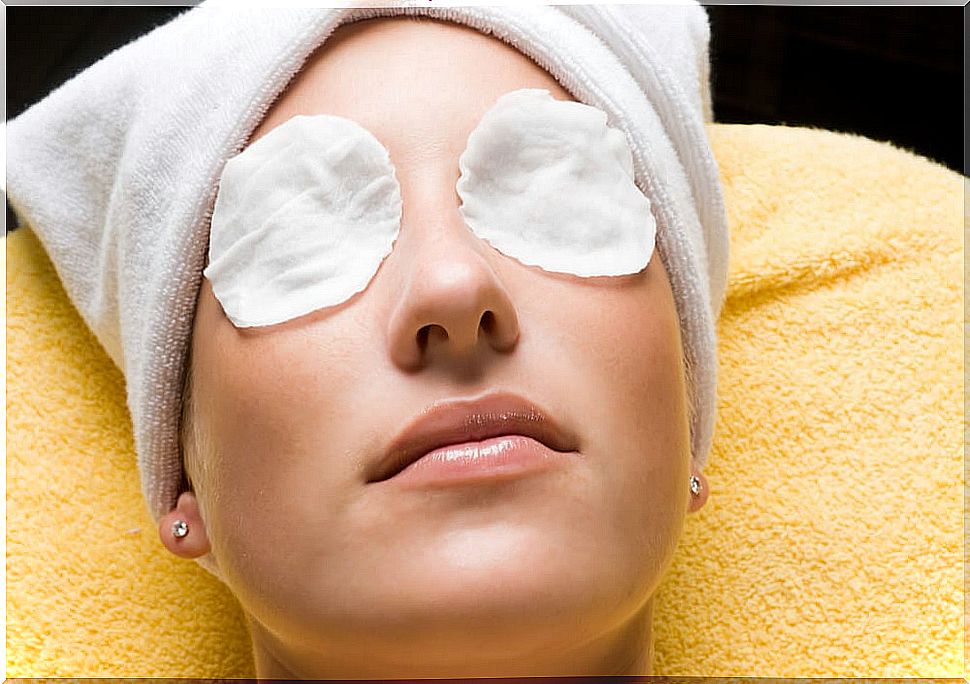Meibomianitis: Causes, Symptoms, And Treatments
Many people get meibomianitis, but they don’t know it. They think that red or swollen eyelids are a minor symptom. If it is a recurring condition, you should visit the doctor.

Meibomianitis is the inflammation of the meibomian glands that are located in the upper and lower eyelids of the eye. These glands release oils in that area and when these become thicker than normal, the condition occurs.
Meibomian oils are very important for eye health. If they stopped occurring, the eyes would become dry and irritated. However, if such oils are thicker than they should be, a build-up occurs on the eyelids and the result is meibomianitis.
Meibomianitis is also known as “meibomitis” or ” meibomian gland dysfunction.” In most cases, this condition does not cause lasting damage. However, on a few occasions it can lead to corneal ulcers or more serious problems.
Causes of meibomianitis

The meibomian glands produce oils that are slowly absorbed by the tear film. This is the thin layer of moisture that covers the eyes. Such a film is composed to a greater extent of water, which would evaporate if the oils were not present.
Certain conditions such as rosacea, acne, or allergies, as well as hormonal changes in adolescence, can lead to oils becoming thick or dense. If this happens, such oils no longer spread over the tear film, but instead accumulate on the edges of the eyelids.
These accumulations are a nutrient for various bacteria that are in that area of the skin. If these microorganisms increase in excess, meibomianitis occurs. It is very common that it occurs simultaneously with blepharitis, which also causes the accumulation of a kind of dandruff at the base of the eyelashes.
Symptoms of meibomianitis
The most obvious symptom of meibomianitis is redness and inflammation of the eyelids. This can cause a gritty or burning sensation in the eyes, or itchy eyelids. Other common symptoms are the following:
- Crying eyes.
- Peeling of the skin around the eye.
- Scabs on the eyelashes when waking up in the morning.
- Frequent styes.
- Excessive blinking.
- Blurred vision.
- Sensitivity to light.
- Abnormal growth of the eyelashes.
- Loss of eyelashes.
- Dry eyes.
In the latter case, it is possible that the meibomian glands are connected and therefore there is less oil production. In all cases, symptoms can be mild or have varying degrees of severity.
Diagnosis
Meibomianitis can be detected in a routine eye exam. The doctor will explore the front of the eyeball, placing special emphasis on the eyelids. Bright light may be used to detect possible meibomian gland blockage.
Sometimes a sample of the discharge or scab that is on the eyelids is taken. This is sent to a laboratory analysis to establish the presence of bacteria in the fluid and thus have more evidence for treatment.
Treatment

Usually it is recommended to apply moist heat to the eyelids of the affected eye to reduce symptoms. This should be done after carefully cleaning the edge of the eyelids.
If there is rosacea or acne, the doctor will also treat these problems. There are times when the treatment of meibomianitis may require one or more of the following measures:
- Squeeze the meibomian gland to remove the secretions that clog it and leave it clean.
- Insert a cannula into the openings of the glands to wash off the oil that is thickened.
- Take antibiotics.
- Take fish oil. This can help improve the flow of oil in the eye.
- Using an antibiotic ointment on the eyelid.
- Use a hypochlorous acid drug to clean the eyelid.
- Use Lipiflow. This is a device that warms the eyelid and helps unclog the glands.
Can it be prevented?
There is no precise way to prevent meibomianitis. However, a very important measure is to treat rosacea or acne, if they are present to prevent them from leading to this eye condition.
It is also important to avoid some foods like chocolate, as these can increase symptoms. The most advisable thing in any case is to maintain good eye hygiene. This includes an ophthalmic bath, but also breaks and eye exercises.
Faced with the presence of styes, it is necessary to visit the doctor
The symptoms of meibomianitis are usually quite uncomfortable; however, they rarely cause major difficulties. In other words, it does not threaten vision. However, it can become a chronic condition that reduces the quality of life for those who suffer from it.
The treatments available do not usually show their effectiveness right away. You have to be persistent and give time to time. It is important to consult with the doctor when no measure is effective and, especially, when styes begin to appear repeatedly.








